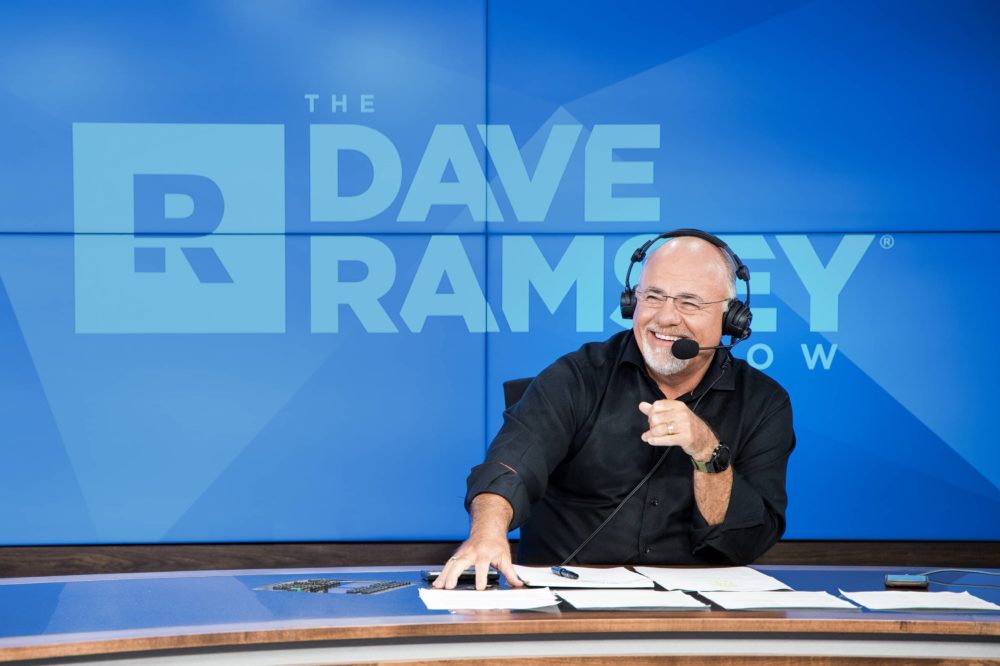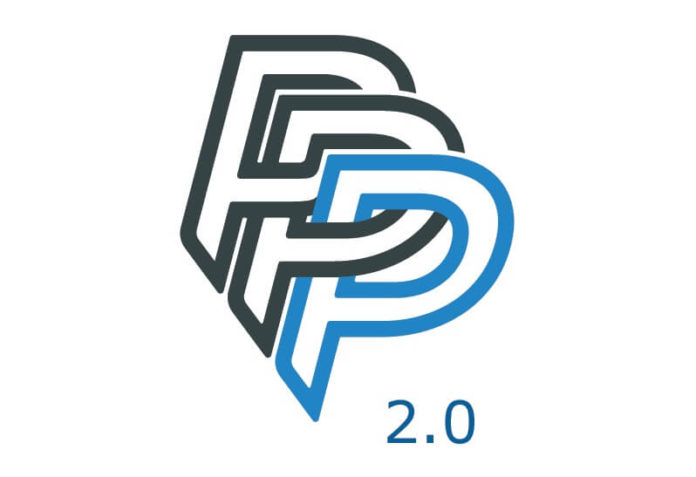
2021 MLB season Guide
Everything you need to know about MLB Spring Training, Opening Day, and more
March 19th, 2021
Last Oct. 27 at Globe Life Field in Arlington, Texas, Dodgers left-hander Julio Urías froze the Rays’ Willy Adames for strike three, closing out a 3-1 victory in Game 6 of the World Series and igniting a joyous Los Angeles celebration. The Dodgers had won their first championship since 1988, officially closing the book on the 2020 MLB season.
It also began the countdown to Opening Day, which is now fast approaching.
That also brings up many questions for fans, such as, “Is baseball coming back in 2021?” and “Will MLB allow fans in stadiums?” among other things. To help with that, here is a complete guide to everything you need to know about the 2021 MLB season.
MLB and COVID-19
Last year, the arrival of the coronavirus pandemic shut down Spring Training in mid-March and delayed Opening Day. Ultimately, the 2020 season did not begin until late July, and teams played a 60-game schedule, adhering to MLB’s strict COVID rules. They then embarked upon an expanded postseason, with the field widened from 10 teams to 16.
Nearly a year later, the pandemic persists, although ongoing vaccinations — including many at Major League ballparks — are providing hope. However, COVID-19 will continue to affect the MLB schedule in 2021, especially throughout Spring Training and early in the regular season. That will extend to both fans (in terms of how many are allowed to attend games) and players (who once again will have to abide by health and safety protocols, throughout Spring Training, the regular season, and the postseason).
Free agency and transactions
While the offseason got off to a slow start, most of the top free agents have now signed. That includes reigning National League Cy Young Award winner Trevor Bauer (Dodgers), center fielder George Springer (Blue Jays), catcher J.T. Realmuto (Phillies), second baseman DJ LeMahieu (Yankees), and left fielder Marcell Ozuna (Braves). There also have been some blockbuster trades, including the Padres’ deals for pitchers Yu Darvish (Cubs), Blake Snell (Rays) and Joe Musgrove (Pirates), the Mets’ acquisition of shortstop Francisco Lindor and pitcher Carlos Carrasco (Indians), and the Cardinals swap for third baseman Nolan Arenado (Rockies).
With that said, even with Spring Training now underway, some notable players remain on the free-agent market, including starting pitchers Rick Porcello and Cole Hamels. Clubs will continue looking to bolster their rosters ahead of Opening Day, especially as injuries cut into their depth.
Spring also tends to be a time when teams and players agree to contract extensions, as players often do not want to be involved in negotiations once the regular season begins. MLB already saw one huge deal in late February, with the Padres inking superstar shortstop Fernando Tatis Jr. to a 14-year pact. But there are many other extension candidates to watch.
MLB Tonight: Tatis Jr. extension
Spring Training





























































